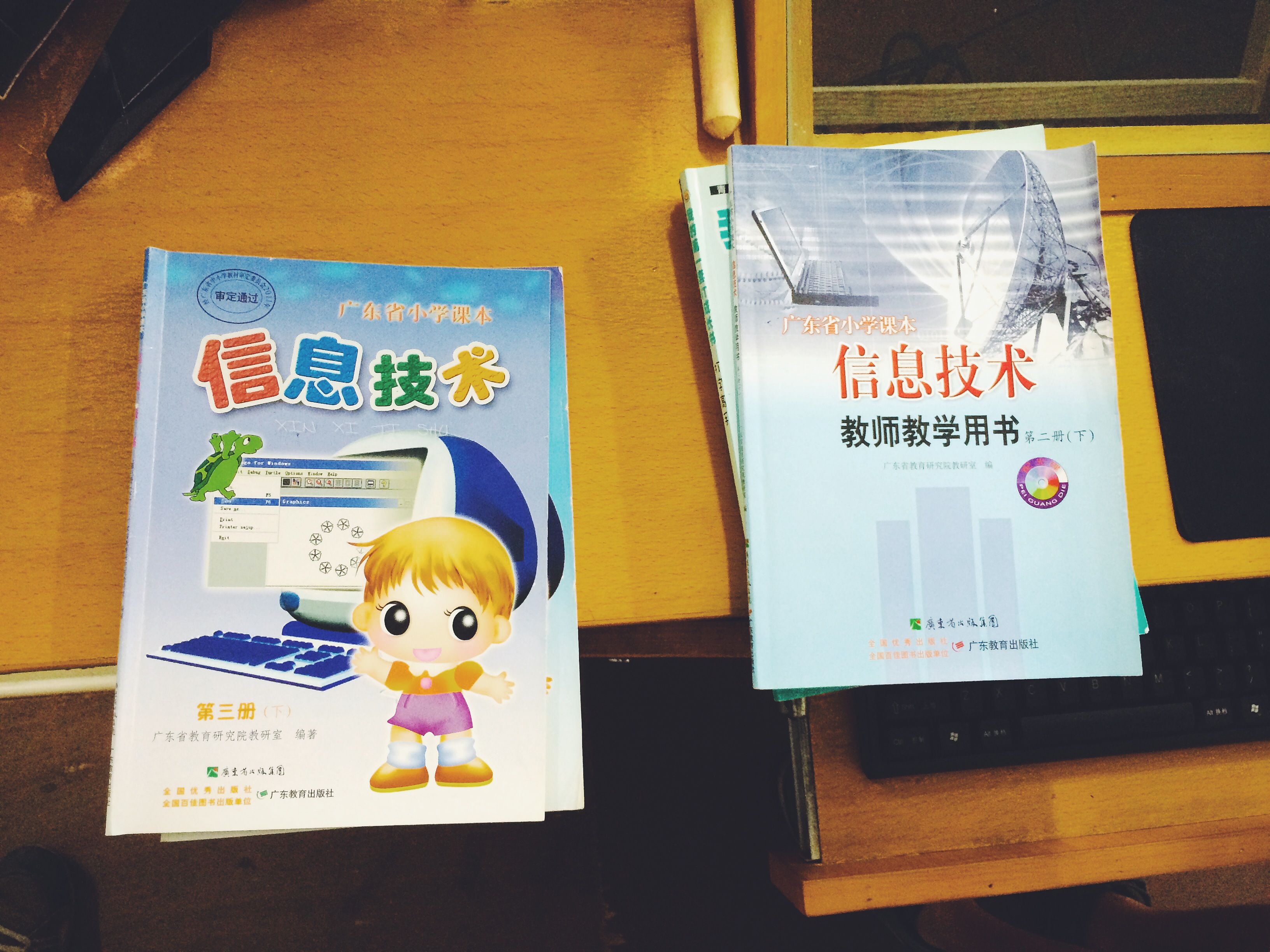Objective:
Students will be able to analyze details from an article about policies impacting Deaf students in China in order to write a short essay evaluating the challenges and benefits that result from those policies.
Warm Up:
1. For each of the following colors silently mouth the words, “what color is this?” to students.

Image by Ghost Presenter. Milan, 2016.

Image by Alexander Tiupa. Ukraine, 2016.
2. Discuss the following questions with students:
- Did you understand what I was saying?
- How would your learning be different if I gave all my directions without speaking? How would it be different if I were speaking, but you couldn't hear me?
- What do you know about the experiences of people who have trouble hearing or can’t hear?
3. Introduce students to the term "Deafness."
Deafness is naturally having little or no hearing. Deaf people exist all over the world, but today we are going to learn about Deaf students in China.
4. Have students answer the following questions as a group:
- What do you think are some challenges Deaf students face?
- What are some ways that you think Deaf students deal with those challenges?
5. Discuss the following with students:
- One of the solutions Deaf people use for communicating is sign language. Just like there are many ways to say hello in other languages, there are many ways to sign hello in other languages. The first video below shares the way to say "hello" in American Sign Language. The second video shares the way to say "hello" in Chinese Sign Language.
Activity:
1. Challenge students to communicate the following prompts to each other in small groups without using verbal langauge.
- Greet your classmate.
- Ask your classmate for help.
2. As a class describe the methods you used to communciate in your groups.
Introducing the Resource:
1. Ask students to read “Deaf Students in China Strive for Equal Education, Not “Special” Education” by journalist Jessie Li as a class, or independently.
2. As a whole group, or individually, students should create a list of issues Deaf students in China face. They should also track solutions that Li addresses in the text. Students could use the table below to guide their note-taking. Note: Some of the solutions that Li presents have resulted in additional challenges. One way students can identify those solutions that have led to additional challenges is by circling them within the table.
| Challenges | Policies/Solutions |
3. After reading the text, have students answer the the attached questions about the text. They should be prepared to share their responses with the class as part of a discussion.
Extension Activities:
Have students complete one of the following activites:
-
Think back to some of the challenges you identified for Deaf students in China. Using details from the article, write a short essay that describes one challenge in depth and evaluates possible solutions to that challenge.
-
Identify some issues that students at your school face when trying to learn. Like Li, evaluate what challenges those students face and what solutions the school has proposed for those challenges. Consider: Given the solutions already in place, what challenges are students dealing with this issue STILL facing? How might those challenges be addressed in a new way? Write a letter to the principal outlining your research. Your letter should clearly explain the issue, challenges students are facing, what solutions have already been proposed, and what new solutions you suggest.
This lesson is designed to be facilitated for elementary students in grades 3-5. It is aligned with the following Common Core standards:
CCSS.ELA-LITERACY.W.3.2
Write informative/explanatory texts to examine a topic and convey ideas and information clearly.
CCSS.ELA-LITERACY.W.4.2
Write informative/explanatory texts to examine a topic and convey ideas and information clearly.
CCSS.ELA-LITERACY.W.5.2
Write informative/explanatory texts to examine a topic and convey ideas and information clearly.






![College students prepare for their final exam in an introductory Chinese Sign Language (CSL) class at Nanjing University, one of the top universities in China. CSL is gaining popularity among college students, who find the language fun to learn and want to befriend deaf students. “I want to learn sign language so I can understand deaf people, their language, their culture. Similarly maybe we can change the stigma [around deafness] and can better understand and support the deaf community,” one student said. Image by Jessie Li. China, 2014.](https://legacy.pulitzercenter.org/sites/default/files/styles/node_images_768x510/public/12-25-14/deaf7.jpg?itok=iETHSlCf)






